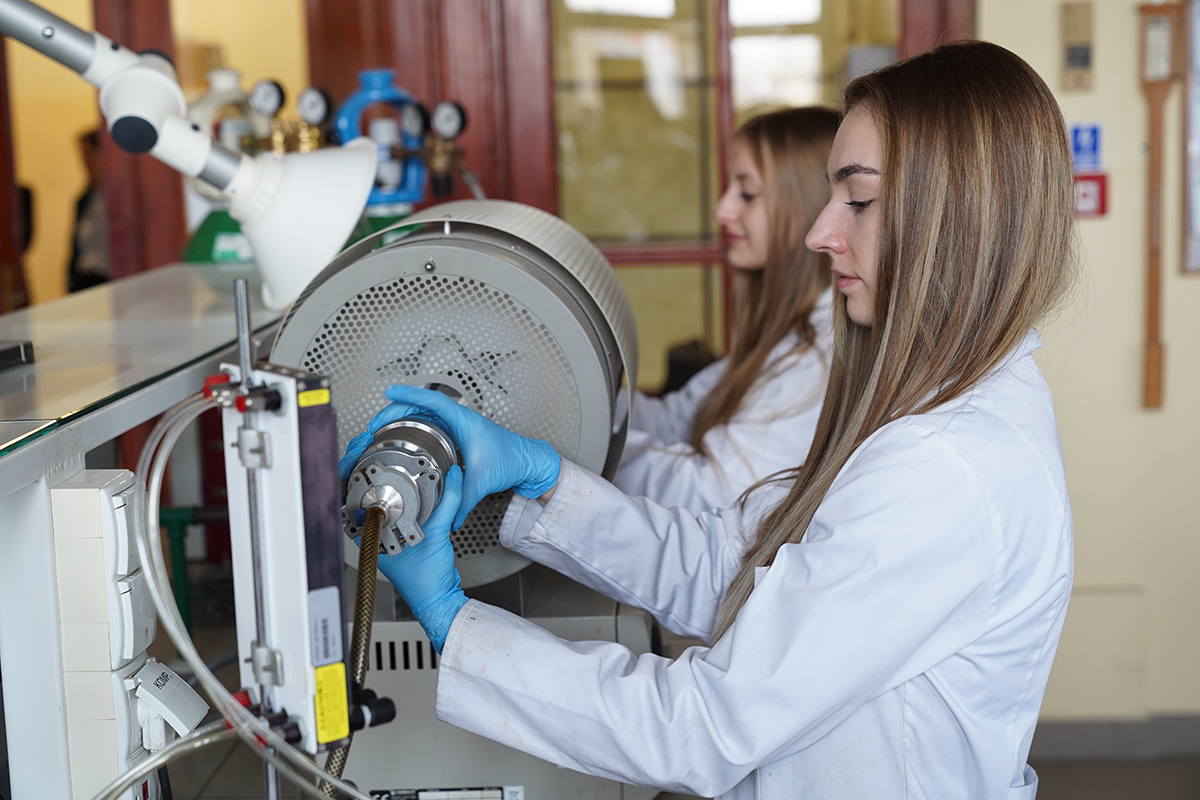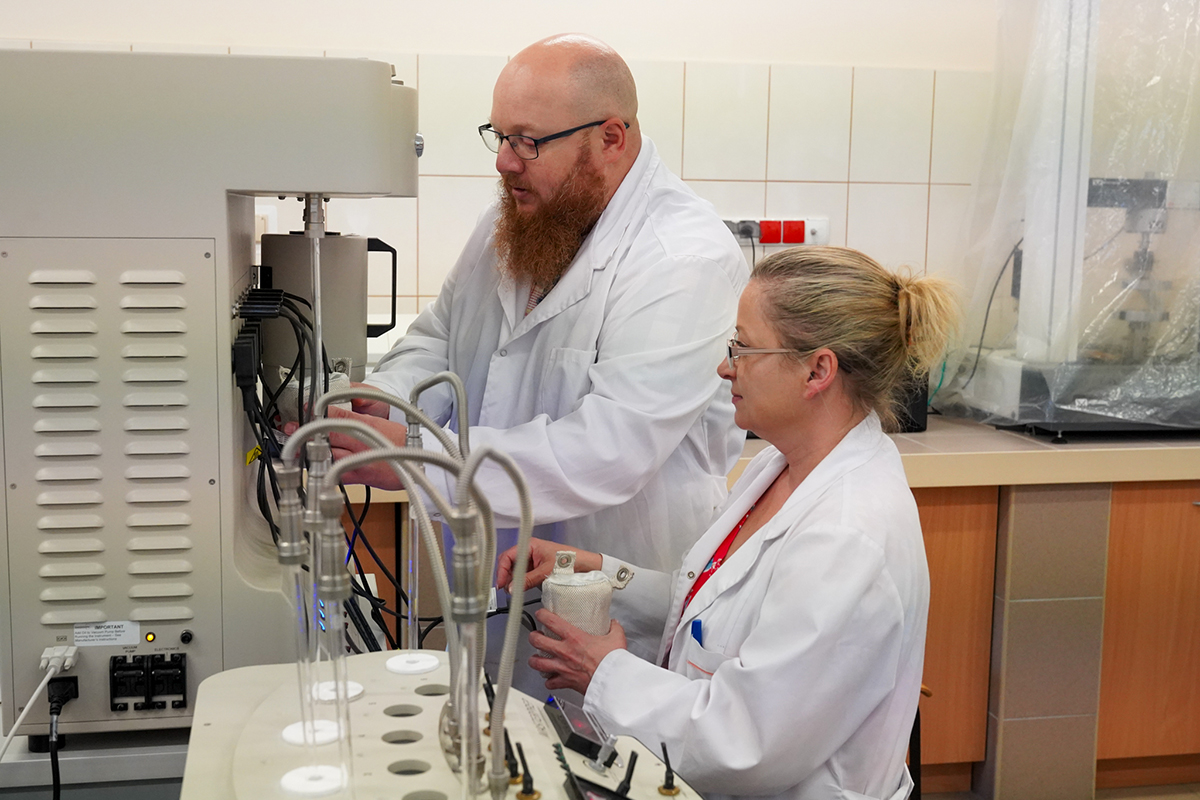About the project
Initiative no FWD-Green-3, submitted within the call for proposals entitled „Synergistic metal/non-metal doping of titanium dioxide to produce hydrogen under UV and Vis light “, financing within the framework of the Fund for Bilateral Relations, „FBR”, the European Economic Area Financial Mechanism 2014-2021 and Norwegian Financial Mechanism 2014-2021 via Ministry of Development Funds and Regional Policy (Poland).
- Financing through Ministry of Development Funds and Regional Policy.
- Total value of funding: 1 147 500,00 PLN.
- Duration of the project: 01. 09. 2023 – 31. 08. 2024
- Partners: University of South-Eastern Norway, SINTEF Industry, SINTEF Ocean
- Beneficiary: West Pomeranian University of Technology in Szczecin, Faculty of Chemical Technology and Engineering (www.zut.edu.pl, www.wtiich.zut.edu.pl)
Project description
The production of hydrogen in photocatalytic processes represents an attractive alternative to traditional methods of its production due to the use of renewable energy sources and the absence of carbon dioxide emissions.
The main obstacle limiting hydrogen production in the photocatalysis process is the fact that titanium dioxide absorbs almost exclusively UV radiation, meaning that solar radiation is only utilized to a small extent. The aim of the project is to increase the activity of titanium dioxide under UV light and its activation under visible light by doping titanium dioxide with metals/non-metals.
The initiative also aims to strengthen bilateral relations, tighten cooperation, and deepen mutual knowledge between project partners in the area of green transformation, i.e., a transformation necessary to meet climate change and environmental challenges.
What do we do during the project?

Producing photocatalysts and doping them with metals/non-metals.

Characterization of photocatalysts by methods including: X-ray diffraction, scanning electron microscopy, low-temperature nitrogen adsorption, ICP, UV-Vis/DRS, FTIR and DRIFT, and TG/DTA.

Investigating the activity of photocatalysts in the process of carbon dioxide photoreduction and water splitting process. Examining the photoelectrochemical properties of the obtained materials.

Designing a photoelectrochemical reactor for carbon dioxide conversion. Studying the obtained photocatalysts in terms of their impact on the aquatic environment.






